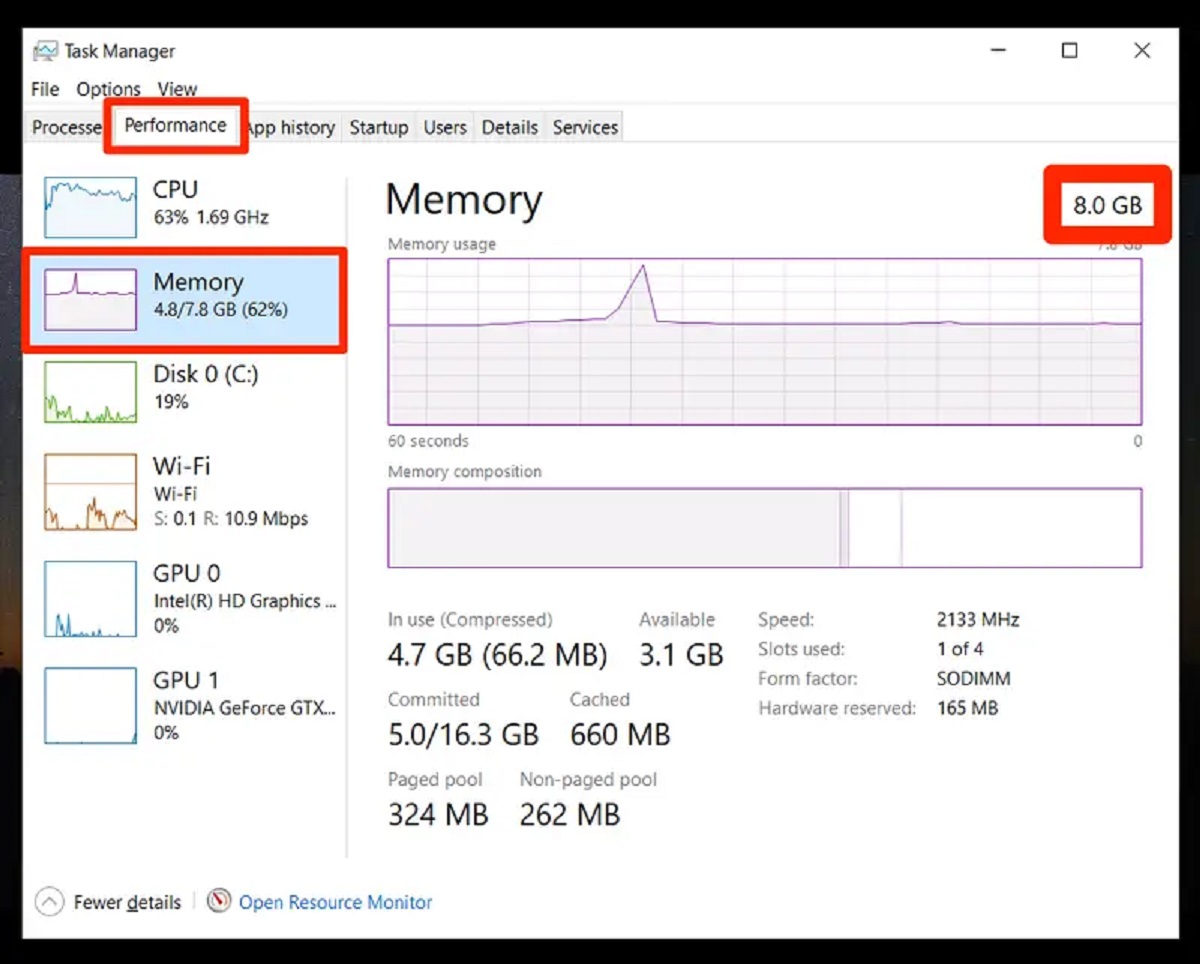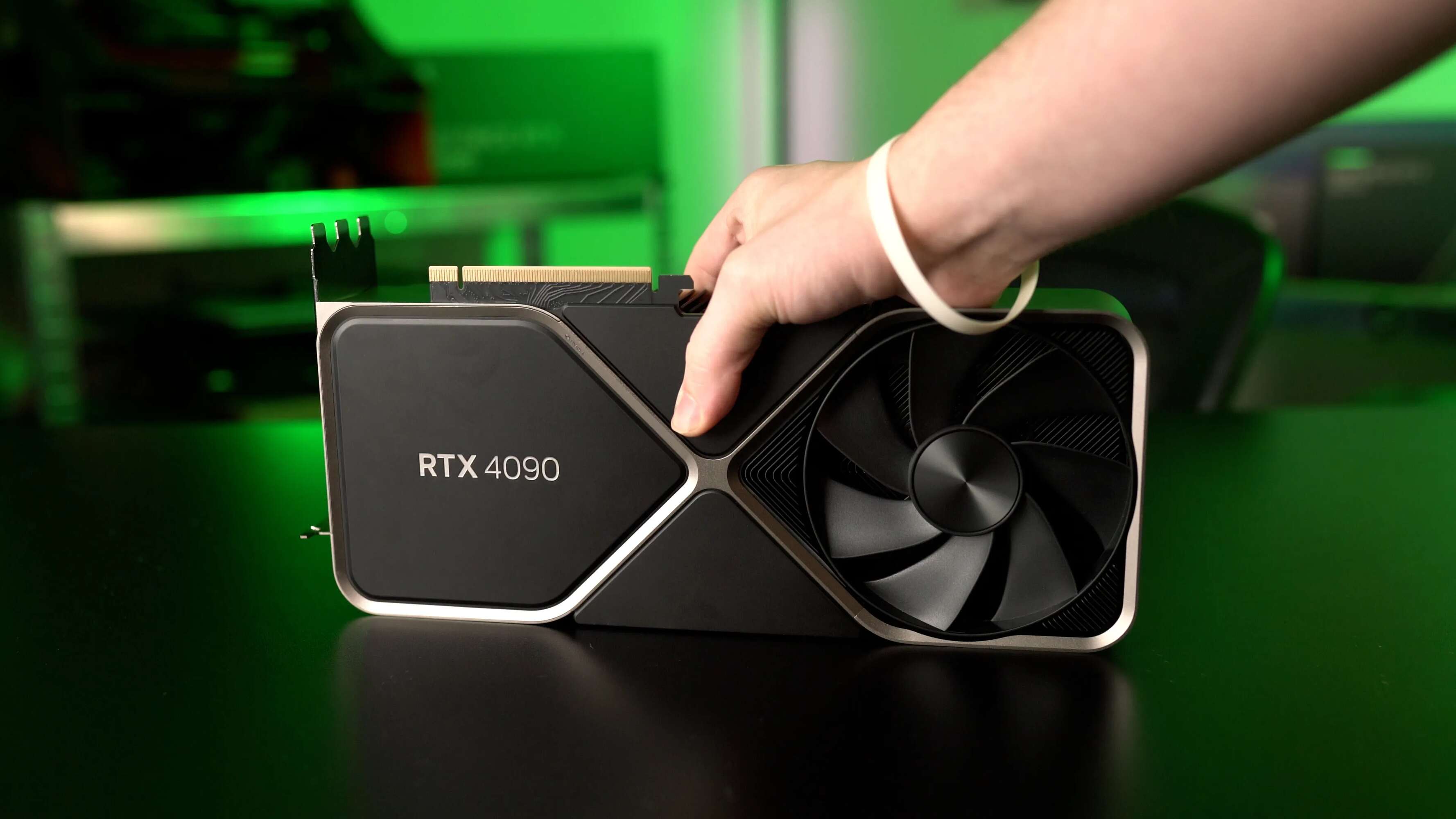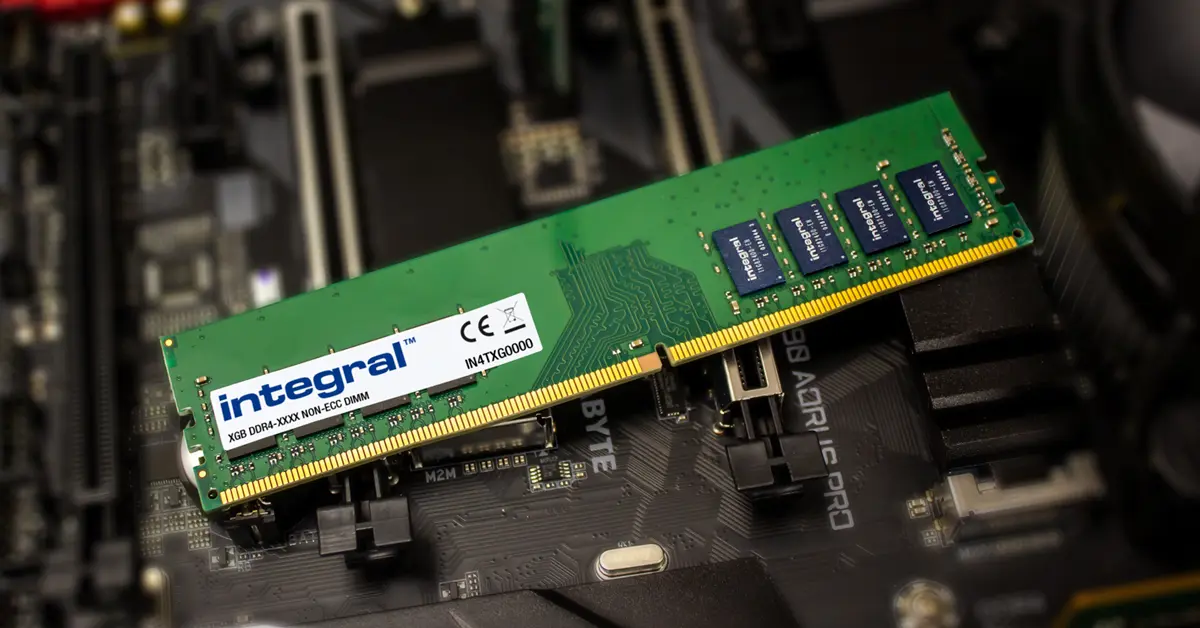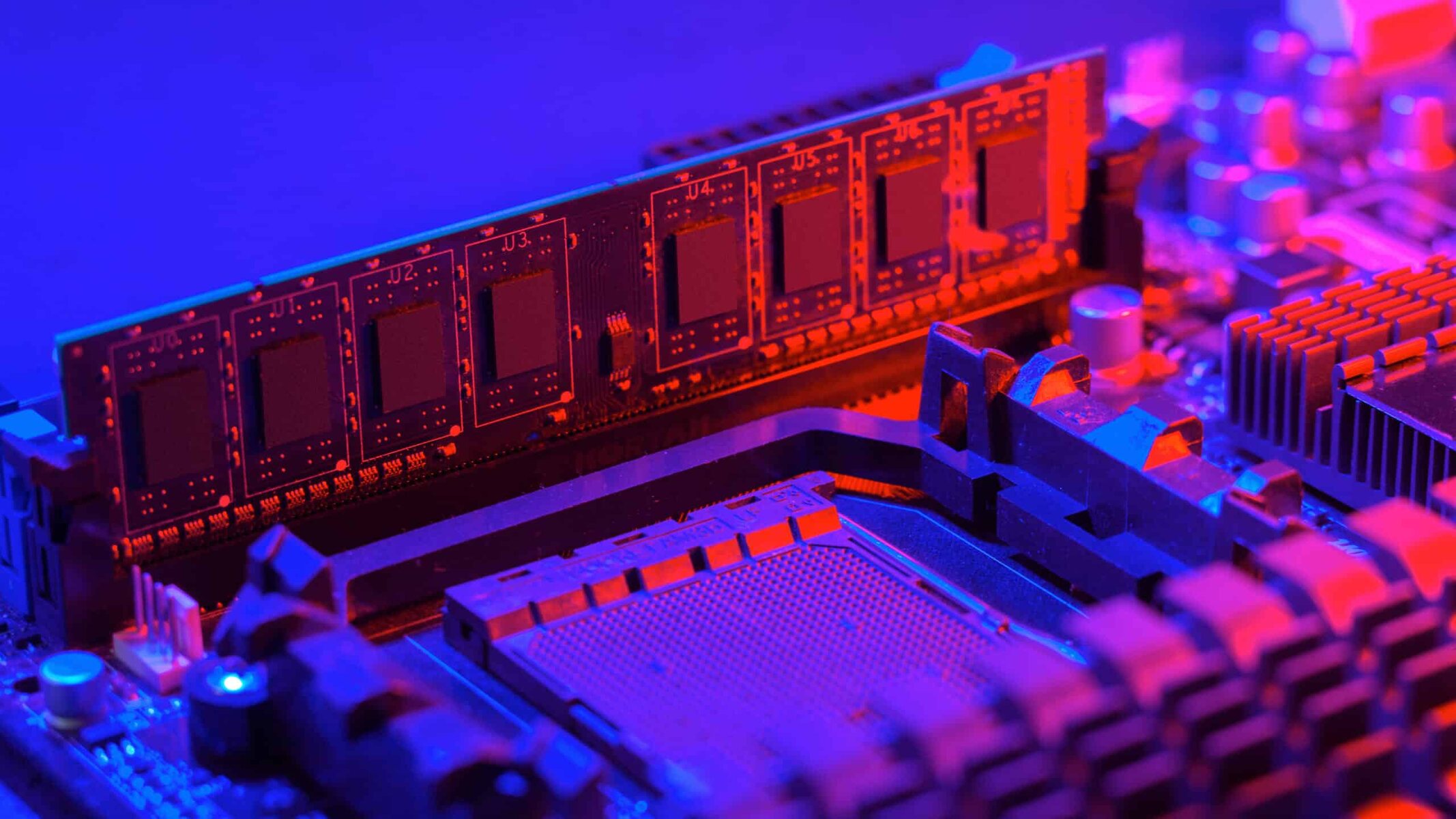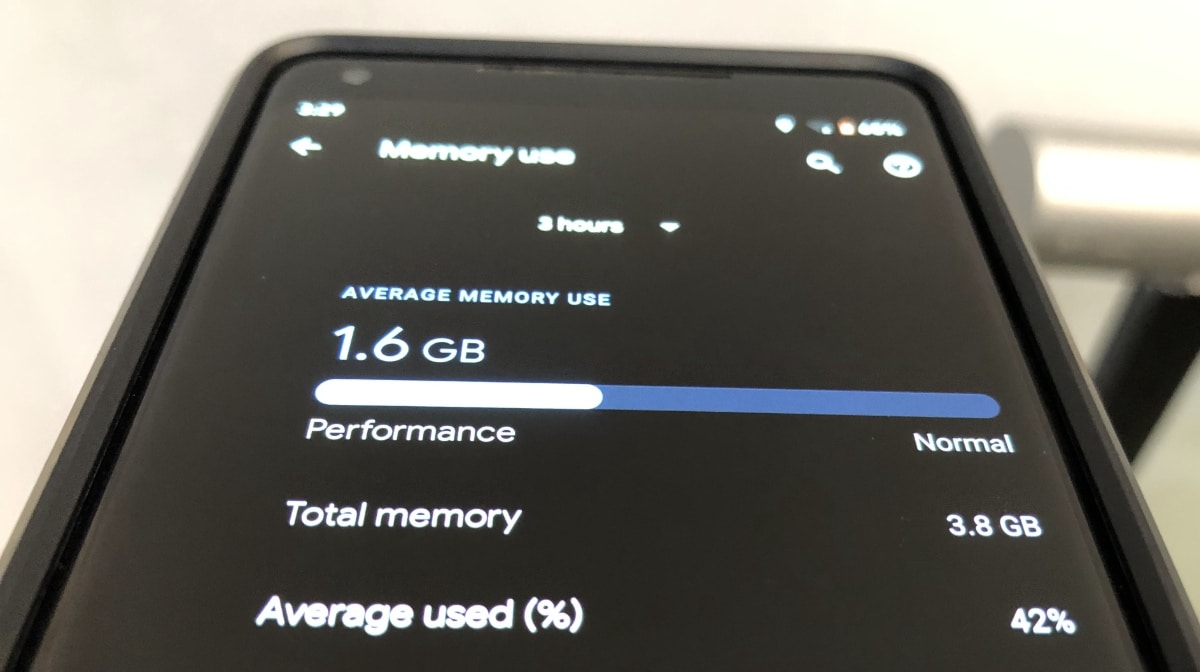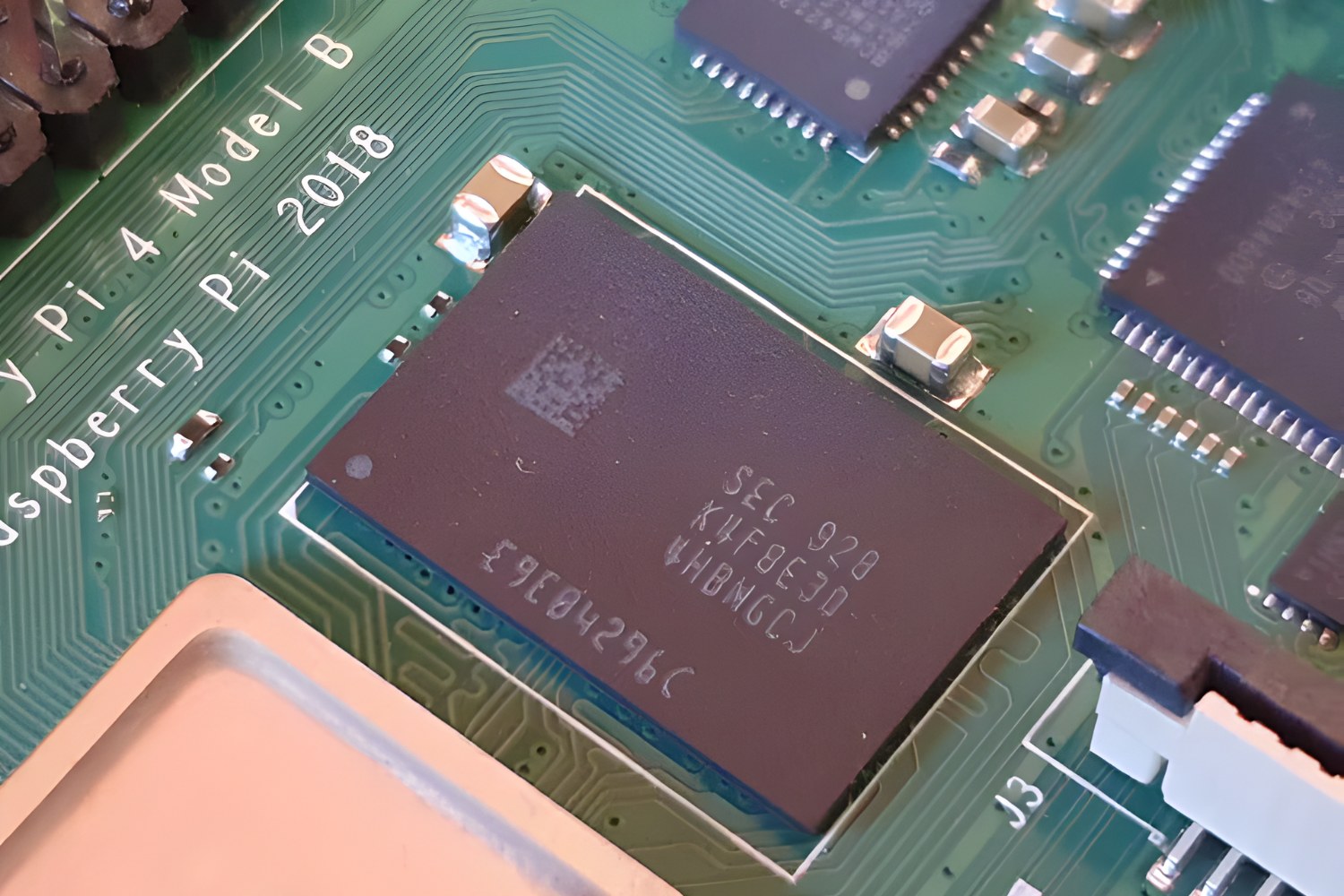Introduction
Welcome to this guide on how to check how much RAM you’re using on your computer. RAM, also known as Random Access Memory, plays a crucial role in determining the overall performance and speed of your system. Whether you’re using a Windows, Mac, or Linux operating system, it’s important to keep a check on your RAM usage to ensure optimal performance and avoid any potential bottlenecks.
RAM serves as temporary storage for your computer’s active programs and data. When you launch a program or open a file, it gets loaded into RAM, allowing for quick and efficient access by the processor. However, if your system is running low on available RAM, it can lead to sluggishness, freezing, and overall system instability.
Monitoring your RAM usage can be helpful in identifying certain issues, such as memory-intensive applications or processes causing excessive resource consumption. This knowledge enables you to make informed decisions about managing your system’s resources efficiently and potentially resolving any performance-related issues.
In the following sections, we will explore how to check your RAM usage on different operating systems, including Windows, Mac, and Linux. So, regardless of the platform you’re using, you’ll find the necessary steps to keep a close eye on your system’s RAM usage and optimize its performance.
Checking RAM Usage on Windows
If you’re a Windows user, checking your RAM usage is a straightforward process. Here are the steps to follow:
- Press the Ctrl, Shift, and Esc keys simultaneously to open the Task Manager.
- In the Task Manager window, click on the Performance tab.
- Here, you will find a detailed overview of your system’s performance metrics. Look for the Memory section, which displays information about your RAM usage.
- The Physical Memory (MB) section shows the total amount of RAM installed on your computer, as well as the amount currently in use and the available amount.
- Additionally, you can monitor the Memory graph, located at the bottom of the Performance tab, to see how your RAM usage fluctuates over time.
By keeping an eye on your RAM usage in Windows, you can identify if any applications or processes are consuming excessive resources. This information can help you make informed decisions about closing unnecessary programs or upgrading your RAM if you consistently experience high usage.
It’s worth noting that Windows also provides third-party tools and utilities that offer more advanced features for monitoring and managing your RAM usage. These tools can provide additional insights and help you fine-tune your system for optimal performance.
Now that you know how to check your RAM usage on Windows let’s move on to the next section, where we’ll explore how to monitor RAM usage on Mac.
Checking RAM Usage on Mac
On a Mac, monitoring your RAM usage is a straightforward process. Here’s how you can do it:
- Click on the Apple menu in the top-left corner of your screen and select About This Mac.
- In the Overview tab, you’ll find basic information about your Mac, including the amount of installed RAM and the type of memory.
- To obtain more detailed information about your RAM usage, click on the Memory tab.
- Here, you will see a visual representation of your RAM usage, displaying the amount of memory used, the amount of memory available, and the memory pressure.
- If you click on the Memory Pressure graph, you can get a more detailed view of your RAM usage over time.
By monitoring your RAM usage on a Mac, you can identify applications or processes that are consuming a significant amount of memory. If you notice consistently high memory usage, you may consider closing unnecessary applications to free up RAM and improve overall system performance.
Additionally, Mac users have access to various third-party applications that provide more advanced features for monitoring and managing RAM usage. These tools offer additional insights and allow for fine-tuning your system for optimal performance.
Now that you know how to check your RAM usage on a Mac, let’s move on to the next section, where we’ll explore how to monitor RAM usage on Linux.
Checking RAM Usage on Linux
Monitoring RAM usage on Linux can be done through several methods. One commonly used method is through the command line. Here’s how to check your RAM usage on Linux:
- Open a terminal on your Linux system.
- Use the free command to get information about your system’s RAM usage. Simply type free -h and press Enter.
- You will see a detailed breakdown of your system’s memory usage, including total, used, and available RAM, as well as cached and shared memory.
- You can also utilize the top command to get real-time information about memory usage. Just type top and press Enter. In the top window, you’ll find the MEM column, which shows the percentage of memory being used by each process.
By monitoring your RAM usage on Linux, you can identify any resource-intensive processes or applications that may be causing performance issues. If you notice a consistently high level of memory usage, you may need to consider optimizing your system or upgrading your RAM.
For users who prefer a graphical interface, there are various system monitoring tools available for Linux that offer more detailed insights into RAM usage. These tools often provide a visual representation of resource consumption and allow for real-time monitoring and management of system resources.
Now that you know how to check your RAM usage on Linux, let’s move on to the final section, where we’ll summarize the key points of this guide.
Conclusion
Monitoring your RAM usage is essential for maintaining optimal performance and stability on your computer, regardless of whether you’re using Windows, Mac, or Linux. By regularly checking your RAM usage, you can identify any resource-intensive processes or applications that may be causing performance issues and take appropriate action.
On Windows, you can use the Task Manager to view detailed information about your RAM usage, including the amount of RAM in use and its availability. Additionally, there are third-party tools available for more advanced monitoring and management of RAM on Windows.
Mac users can easily check their RAM usage by navigating to the “About This Mac” section and clicking on the “Memory” tab. This provides a visual representation of the RAM usage and allows for monitoring over time. Mac users can also utilize third-party applications for more advanced RAM management.
Linux users have the flexibility of using command-line tools such as “free” and “top” to monitor RAM usage. These commands provide detailed information about memory usage, both in real-time and overall system statistics. Graphical tools are also available for a user-friendly visual representation of RAM usage on Linux systems.
Remember to regularly monitor your RAM usage and close any unnecessary applications or processes that may be consuming excessive resources. If you consistently experience high RAM usage, you may need to consider upgrading your RAM or optimizing your system to better handle memory-intensive tasks.
By understanding and managing your RAM usage effectively, you can ensure that your computer operates smoothly and efficiently, enabling you to accomplish your tasks with ease.







